Sessions / Zoom H
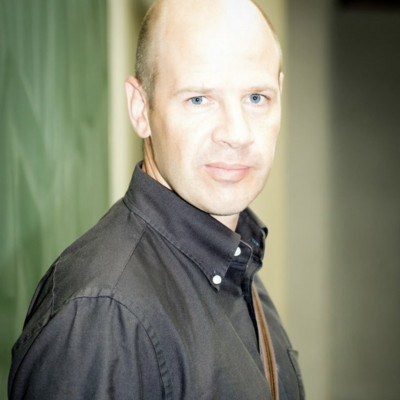

Stories that Motivate and Inspire #193
The ability to create compelling narratives that inspire and promote cooperation is one of the most powerful tools humans possess. It is what makes us unique, allowing us to innovate, learn, survive and flourish. (Noah Yuval Harari, 2015). Storytelling is one of the fundamental elements of communication and learning. We are naturally able to process and apply stories to every aspect of our lives. Storytelling is an effective way to connect many people, allowing us to learn from things we have never experienced. Apart from knowledge and training, teachers possess their own personal and professional experiences or stories, applying these to language learning is of tremendous value to students. Everyone has a story to tell. Presenters will demonstrate how simple, concrete, and comprehensible narratives, critical incidents or experiences can be constructed and shared to help learners develop a deeper understanding of abstract and ambiguous aspects of language and culture. In conclusion, presenters will also discuss how a simple narrative framework can be applied to creating, teaching, or learning from stories. Examples, ranging from children’s books and popular films to keynote presentations and influential speeches, will show how good stories connect, motivate and inspire.

Facilitating students' self-directed research #140
In this practical presentation, the presenter will describe how Active Learning was introduced into a tertiary 1st and 2nd-year self-directed research and discussion course that centered on examining various global, political, and social issues. In the course, students worked individually on two research projects that were each completed over a 5-week period. After each period of research, students presented their findings to small groups in the form of a 12-15 minute presentation that included time for discussion. The presenter will describe how they scaffolded and facilitated the research process from the brainstorming to the presenting stage. In doing so, they will explain how research skills such as brainstorming, note-taking, and questioning were introduced to the students. As the presenter demonstrates each, he will provide examples and give advice that can be applied and adapted to other classrooms. In closing, the presenter will share some of the student reflections he collected at the end of the course.
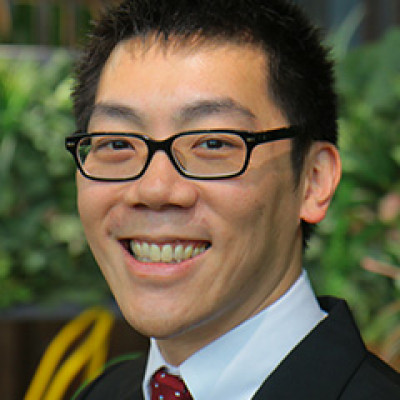

Events to support interaction in a learning space #141
This presentation addresses the facilitation of students' using a devoted English speaking area within a multilingual self-access center (SAC) at a private Japanese university. When the current SAC facility opened, the need for L2 social interaction became apparent, prompting the creation of the speaking area. Observation and previous research indicated, however, that further support for increasing English use was needed. Therefore, interventions to promote student L2 interaction were held; these included regular events for speaking practice or collaborative learning led by SAC student staff, with support from SAC faculty (the presenters). The presenters are conducting ongoing research on these events, focusing on reflection by learners and student staff on effective support and environments for L2 speaking, as well as beliefs about their own language use. Initial findings, based on qualitative data from an online post-event questionnaire and subsequent interviews, are presented, along with their implications for learners’ autonomous language use outside of class. The presenters also share their reflections on their support of learners and the potential effects on both event participants and leaders. Finally, practical suggestions are provided for practitioners interested in nurturing L2 use beyond the classroom, fostering students’ agency in supporting peers, and keeping such support sustainable.

Teacher-student conferences about essay writing #135
Teacher-student conferences (TSC) about essay writing can help students to raise their awareness of their strengths and weaknesses and revise their essays. However, few studies on the effect on learner autonomy (LA) to develop their writing skills have been conducted in Japan. Therefore, the present study aims to explore the influences of TSC on LA and students’ writing strategy use. An illustrative case study was administered with six 2nd-year university students in central Japan for 3 months. For this, data was collected through classroom observation notes, interviews, and the target students' learning logs. Using inductive thematic analysis, the researcher coded the data and categorized it into three groups: the use of secondary references, the use of a grammar reference book, and collaborative writing activities. Data illustrated that students still needed the teacher to judge whether their writing strategies were appropriate; however, the more actively students were engaged in conferences, the more revisions they conducted while utilising more writing strategies. Therefore, this study attests to the claim that teachers and students can collaboratively explore ways for students to revise their papers by themselves (Hirvela & Belcher, 2018). Accordingly, TSC will contribute to writing instructions and LA in EFL tertiary educational contexts.


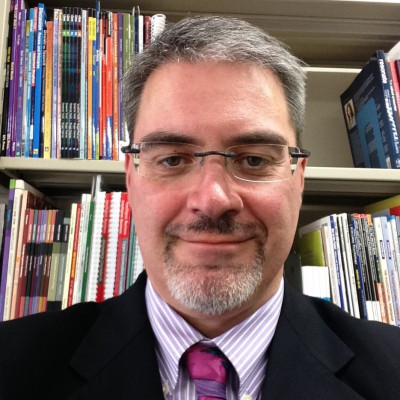
LD SIG Forum: Interacting with active learning #197
Recently active learning has become a buzzword in education in Japan. This interactive forum will open with a discussion questioning what active learning can add to the EFL classroom. Next, it will describe a self-directed student research project--based on concepts of active learning--in which students researched and presented on the United Nations Sustainable Development Goals. The forum will end with a workshop showing how to apply Mind, Brain, and Education Science to active learning. This will introduce 7 neuro-ELT practices adaptable for materials and coursebooks to engage learners and guide active learning across a range of language skills. Throughout, participants are invited to question and discuss the ideas presented.
Greg Rouault
This interactive presentation is based on the research into Mind, Brain, and Education Science (MBE) by Tracey Tokuhama-Espinosa (2010a, 2010b, 2014). At the intersection of neuroscience, education, and psychology, MBE presents a scientifically-grounded approach for improved teaching and learning. Drawing from what is known about the brain while also debunking neuromyths, this workshop introduces 7 neuro-ELT practices adaptable for materials and coursebooks to engage learners and guide active learning across a range of language skills.
James Underwood
This presentation will report on how the United Nations Sustainable Development Goals (SDG) can be incorporated into the classroom. Over the course of 5 weeks students selected a SDG as the focus for a self-directed research project. Each week they researched their SDG and made 2 pages of notes and shared these notes in class. At the end of the project cycle each student formally presented their findings and lead a discussion on the SDG. After their presentation they reflected on the development of their content knowledge and language skills.
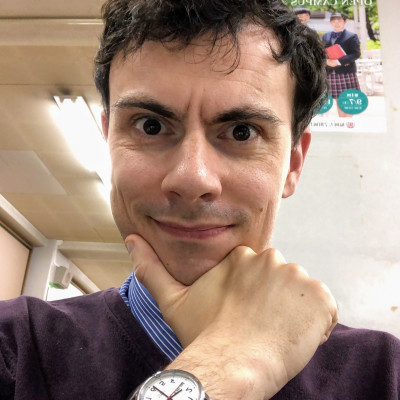
Etymology and vocabulary in the classroom #178
When a student finds a group of synonyms in their Japanese-English dictionary they may struggle to decide which is most appropriate to use. A common reason for this is how synonyms often have different root languages in English. With a little awareness of etymology in English we can help our students overcome this barrier to learning and make their vocabulary-building more efficient. This presentation is based on the presenter's background in teaching and classical languages and will highlight the role of etymology in our understanding of word use and provide teachers with advice on how to make our students more etymologically aware. The presenter will give some common examples of synonyms and how their word origin affects their usage and how this can be applied across much of the vocabulary a student will come across. Attendees will not only be able to guide their students to learning vocabulary better but may also develop an awareness of their own classroom English.
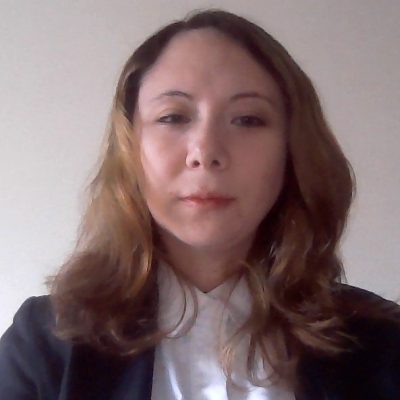
Creating vocabulary lists based on corpus linguistics #179
Teaching vocabulary is integral to teaching language. However, selecting which words should be taught can be extremely challenging. In order to enhance students’ fluency and vocabulary, 110 Freshman students at a private university in Chiba were given Web, Sasao and Ballance’s Vocabulary Levels Test Version B (2017) at the beginning of the 2019 academic year to determine their vocabulary level. Based on the results of the test, the corresponding BNC/COCA headwords lists were then used to select the vocabulary words to be used in this study. As those lists include only headwords listed in alphabetical order, it was necessary to alter the lists in order to make them more useful for classroom purposes. First, the BNC/ COCA lists were reorganized based on frequency. The lists were then lemmatized to avoid confusion (i.e., direct, directed). Polysemy was taken into consideration when choosing the most core meaning of the word . A sentence in which that word sense was used was provided for context. Finally, the most common kanji used for the head word was added and a translated version of the sentence was provided. The lists were created to provide a stronger base for students to remember the word lists and to connect those words back to their L1. This presentation will discuss how the lists were created, the rationale behind it, and how they can be used.